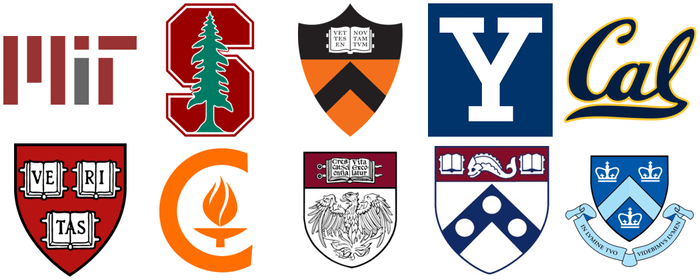
Why do top colleges and universities have much lower acceptance rates than they did only a decade ago?
It’s a tragic saga of prestige, tradition, statistics, and a decade-long race to the bottom. Watch it slowly unfold in the charts below:
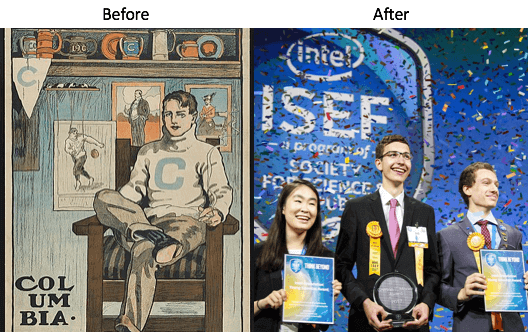
In the “good ole’ days” depicted on the left , your last name was your college application. Today (on the right ), the high school students competing with you are basically curing cancer.
Unfortunately, the number of spots at top colleges has not kept pace with the explosion of applications:

And yet the total number of students admitted to top colleges has remained stagnant :

This isn’t just a phenomenon of “top” colleges — this problem occurs across the board for all US universities:

As the saying goes, scarcity creates value.
So from the perspective of top colleges, this surge in demand has been a blessing rather than a curse.
Consider the two most prestigious colleges in America — Stanford and Harvard.
Once upon a time, over 1 in 10 students who applied to Harvard and Stanford got in (2001). Now, that number is less than 1 in 20 students.
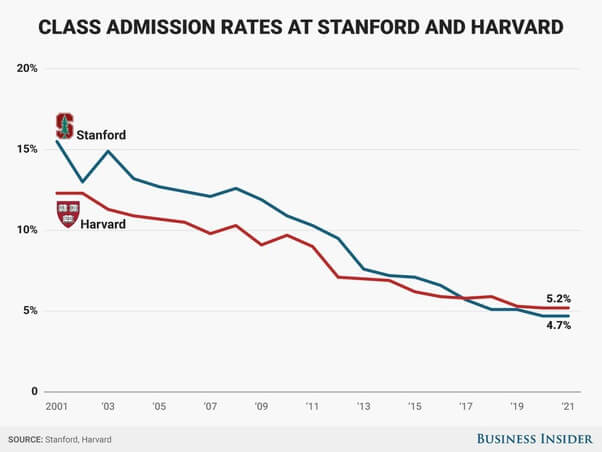
Both elite schools have fought a race to the bottom in terms of acceptance rates, closely tailing one another for the “top” (or “bottom”) spot.
At the same time, the number that matters most to colleges for prestige — Yield Rate — steadily increased. Yield Rate is the percentage of accepted students that choose to enroll in your institution.
Luckily for top colleges, low acceptance rates and high yields go hand in hand:
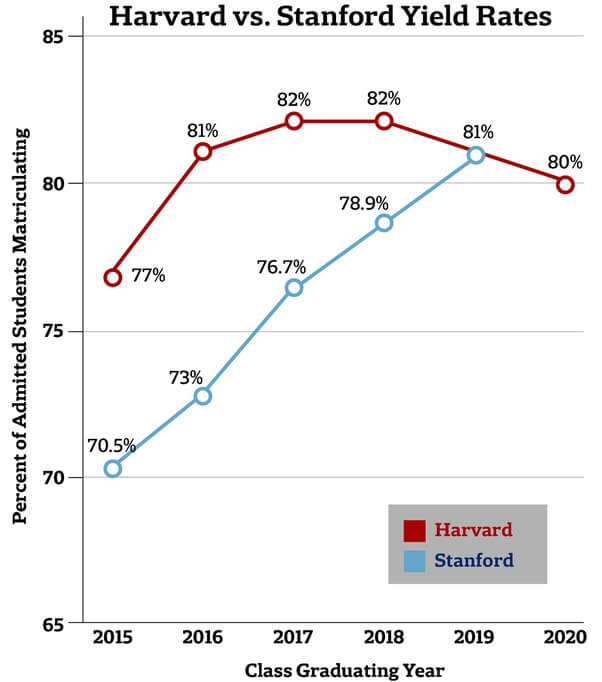
The reason why top colleges have much lower acceptance rates than they did a decade ago is because prestige is relative.
If you’re the dean of the only college in your division with a double digit acceptance rate, then you can expect to be reprimanded by your Board of Trustees for failing to uphold the prestige and exclusivity of your college’s brand. Angry alumni who see the value of their diploma depreciating relative to the peers from other institutions will demand action.
And that’s why you see the craziest drops in acceptance rates for institutions that lagged behind their peers in prestige a decade ago.
Consider the Ivies:

Note the most dramatic drops in Ivy League acceptance rates come from schools like Cornell, Penn, Brown, and Dartmouth, which are typically considered the “less prestigious” Ivies.
Their acceptance rates have plummeted from a completely reasonable 15–35% in 2007 to an intimidating <15% by 2018 .
That’s because these “less prestigious” top universities have the most “catching up” to do.
Deflating acceptance rates while filling your incoming class was difficult to do 1–2 decades ago. But now, thanks to...
-
The Internet
-
Standardization of the Common App/Coalition App/Universal App
-
Higher number of international applicants
...there is enough demand for any college to achieve their desired prestigiously low acceptance rate by simply spending enough on marketing/ad flyers/outreach.
The table below shows the 16 colleges with the largest decrease in acceptance rates over the past decade:
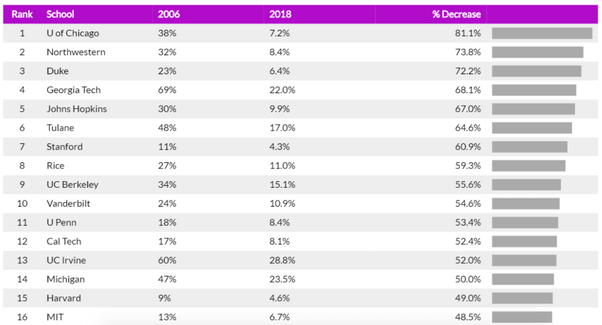
You’ll note that most of these schools are good, but not in the upper echelon of “elite” schools.
These are schools like the University of Chicago, Northwestern, Duke, Georgia Tech, Michigan, Rice, Vanderbilt, etc.
For these schools, a low acceptance rate is a fast track to prestige, something that could otherwise only be achieved through hundreds of years of achievement.
So while all elite colleges have seen their admissions rates decrease over the past decade, colleges like the University of Chicago have been able to attain roughly comparable admissions selectivity as Ivy League schools by simply out-pacing more "prestigious" colleges at lowering their acceptance rates.
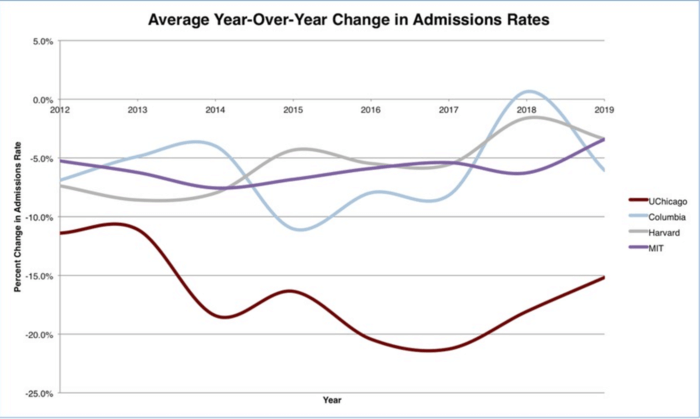
To summarize: Top colleges have much lower acceptance rates than they did a decade ago because there’s too many applicants and not enough spots.
This benefits colleges by making their diplomas more valuable, and thus there have been no substantial efforts to resolve this race to the bottom.

